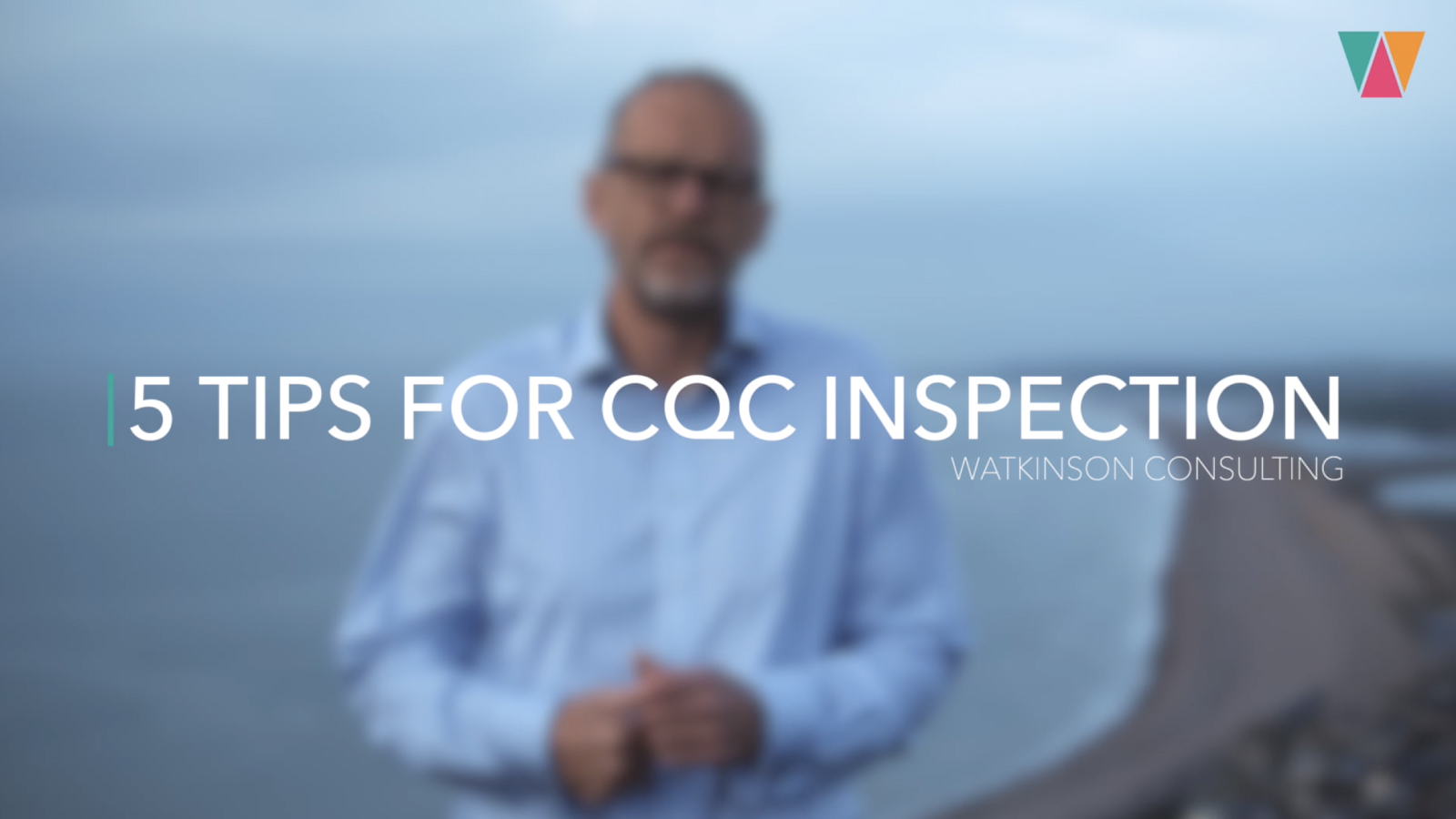In this article I am going to share what in my experience are the five most important things you could do to load the dice in your favour when the CQC are inspecting your service.
- Understand what CQC will be looking for.
When you are doing an exam or other test you wouldn’t expect to pass with flying colours without doing any preparation or knowing what questions are going to be asked, so why are people shocked when they get a poor inspection rating when they don’t know what they will be inspected against? CQC are very transparent what they will be looking for – all the relevant information is readily available on the CQC website, and I suggest finding the time to research and focus on the ‘KLOEs and rating characteristics’ for either social care or healthcare depending upon your type of service. This document will give you all the questions that CQC will ask and describes what they would expect to see for each rating. - Invest in the completion of your Provider Information Return, or PIR.
It is all too easy to ignore this document, put in on the too hard pile or fill it in quickly too get it out of the way. But the mantra that ‘You only have one chance to make a first impression’ has never been truer. The PIR asks you for some data but also very importantly it asks you what you think you do well and what you are you going to do to improve. These are very important questions that should be at the front of your mind already and are an ideal opportunity for you to ‘sell yourselves’ to the regulator. Think of the PIR as something that you could use as a live and ongoing quality assurance tool. I guarantee that the CQC will really like this approach and in addition is a simple ‘business as usual’ way for you to demonstrate a focus on improvement. - Make sure you are prepared for your inspection.
Preparation can mean a lot of different things – but I would suggest the most important thing you can do is making sure that you have the evidence ready to show the inspector, this could be having a file showing where the evidence to support each KLOE is located, or even have the evidence in the file itself. You could also consider having 2 files – one for you and one to give the inspector to take away with them at the end of the inspection. This second file could act as an ‘aide memoire’ when they are writing the report and ensure that the inspectors have evidence at their fingertips to support their judgements. As such this will increase your chances of receiving a favourable inspection report. - Be confident and positive during the inspection.
This is more easily said than done I know, but the statement the ‘more you do something the easier it is’ is very true about inspections. I suggest that you undertake mock inspections to reduce the fear of what is entailed in an inspection – you could even plan to free a member of staff up to be an inspector for the day, this will raise awareness of everyone, not just you. Also, you need to be aware that during an inspection you are only as strong as the weakest link, and if you have staff that hide away, do not know what questions they may be asked or freeze when approached this could have a negative outcome, and detract from the good work of everyone else.
You also need to view the inspection as an opportunity to show how good you are, and to sell yourselves. I have found that a powerful concept is to actually treat the inspectors as you would treat potential clients of your service – so you would positively engage with them, show them the best aspects of your service and invite questions. - You need to involve people that use services.
This must be evidenced in the day to day running of your service, and you need to show the inspector how you do this by undertaking surveys, involving stakeholders in business plans and arranging planned meetings with families, commissioners, service users and other relevant groups. In addition, CQC are very keen on the concept of ‘co production’ and if you can demonstrate this principle in your service by involving stakeholders in developments it will reflect very well on your service. Again, it’s the idea that people are stronger together, and make better decisions when they are made jointly.
Thanks for reading this article, and I encourage you to watch the accompanying video. If you think I could help you in any way with the quality of your care home drop me a line.


